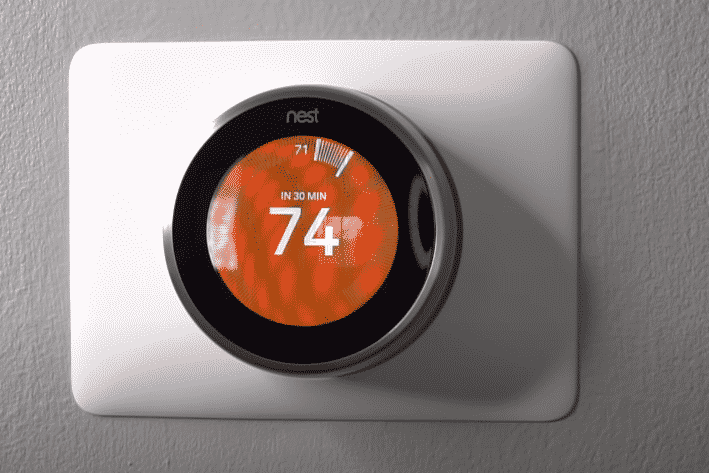
The smart thermostats can be connected to your home furnace allowing you to control the temperature inside your house. A power outage can cause some complications for your heating system, even if you have a gas furnace it can still run into some issues after you lose power in your home. For some customers, the furnace won’t turn on even when the power is back.
There can be different causes for this problem but with some luck, you will be able to fix them. Here are some methods that you can utilize if your Furnace won’t turn on after a power outage.
How to Fix Furnace Won’t Turn On After Power Outage?
- Check Thermostat
A common mistake that users make is that they will go down to the furnace and open up the door to check if something is wrong inside the furnace. There is nothing you can do on the back end to get your furnace to start working again. Unless of course, you’re an expert and know what you’re doing. But if you’re unsure then we recommend that you leave the actual unit alone. Start by checking the status of your thermostat.
Some thermostats don’t turn on automatically after the power goes out. So, you need to check that the thermostat is turned on and then check to see if your furnace starts working. But in some cases, the furnace won’t start even when the thermostat is turned on. In that situation, you will have to either reset the smart thermostat or try switching modes. Try changing the configurations a bit, different fan settings along with bringing up the heat temps. There can be different reset methods depending upon the thermostat installed in your house. So, make sure to go through the manual to reset the device.
- Check Flue Pipe
For the people using gas furnaces a probable cause for your furnace not turning on after a power outage is a clogged-up flue pipe. A flue pipe is a very important part of a furnace and your furnace won’t function properly without a flue pipe. Users need to ensure that there is nothing stuck in the flue pipe and the byproducts during combustion can flow through the pipe. When the power goes out the furnace loses contact with the thermostat and the built-in safety features turn off the furnace.
Users that live in colder areas can have snow cover up the flue pipe if the furnace is not working at the moment. Other things like bird nests can also clog up the pipe and cause different issues for your furnace. So, to avoid these you need to make sure that the flue pipe is clear and the byproducts can easily flow through the pipe. Most people believe that a gas furnace has nothing to do with electricity, but the circuit boards inside the furnace have a safety protocol installed in them to stop the furnace when the power foes out.
- Breaker Panel
If you’re sure that power is available on other parts of your house and the furnace is still not getting power then it is likely that the breakers have flipped off. In that case, you’ll have to access the breaker panel and check the status. Ideally, the breakers should be pointing towards the center of the panel and you can confirm by checking the print on the breakers themselves.
If the breaker for the furnace is turned off then you can just flip that back on and that will continue the flow of power to the furnace. After that just configure the furnace with the thermostat so it can start heating your home. In most electric furnaces there is also a reset procedure that you can follow to get your furnace to start working again. If you’re not aware of the procedure then you can ask the representatives of the brand you’re using. You can also use online community forums for similar queries.
Most often than not the issue is in the thermostat and you’ll likely get the furnace to start working again if you reset the settings on the thermostat. After using all of the methods in this article if your furnace is still not turning on then you’ll have to contact a professional to come and take a look at your heating system.